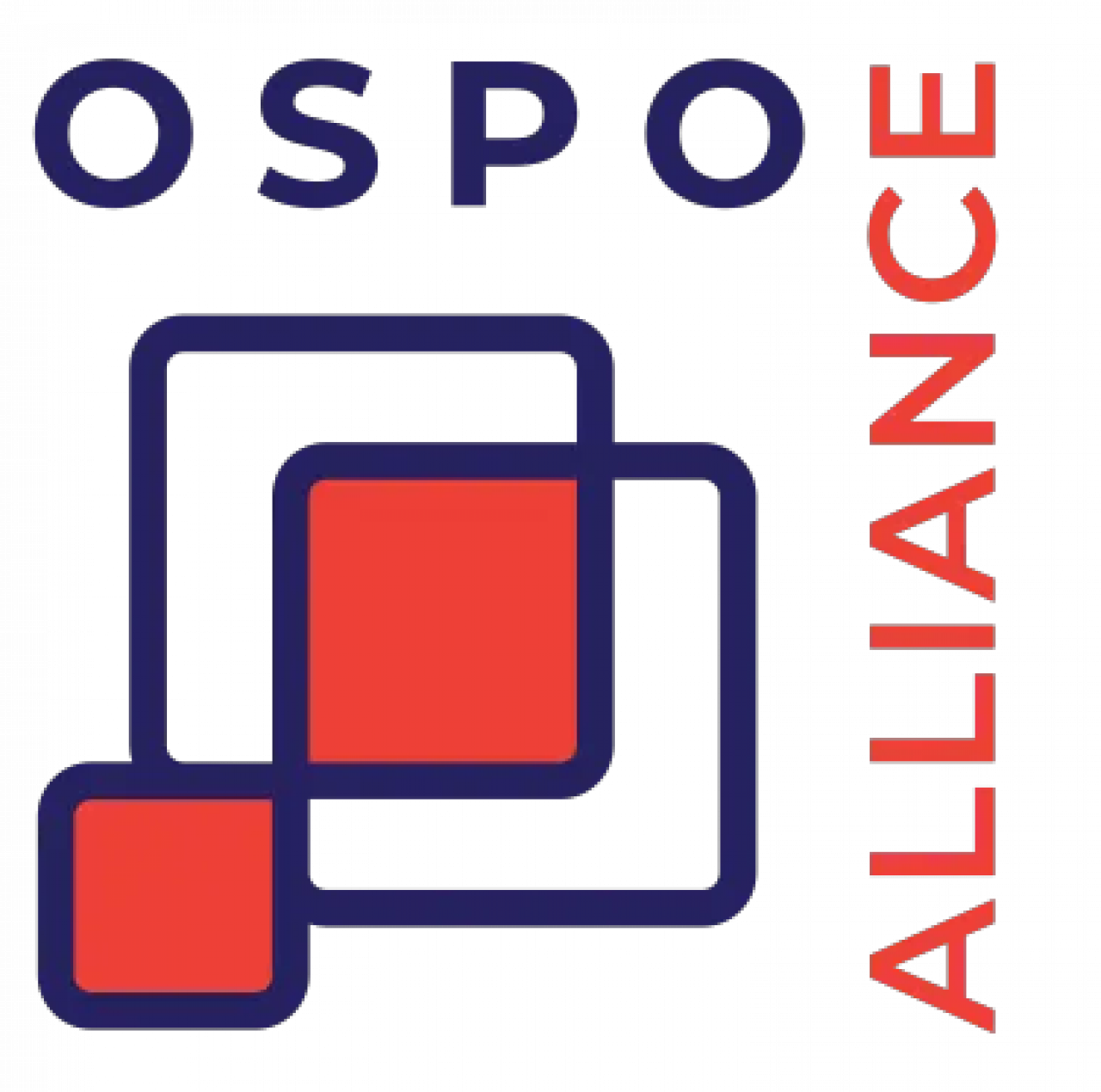
The Open Source Engagement Continuum
Open Source is not so much a type of software or licensing approach as it is a development and distribution model for software. And like other processes, it consists of evolutionary stages of engagement by participants:

Experiment - discover, download and review source. explore dependencies, prototype, and benchmark
Validate - check project code quality, license compatibility, understand community dynamics
Integrate - build together with applications and systems, add to DevOps, BoM
Participate - join mailing lists and forums, comment, report bugs, request features
Deploy - place into production, ship in commercial product(s)
Contribute - submit patches, offer new code and other artifacts to project (under CLA), fund development
Lead - join project team, become maintainer, stand for election to technical, governance and operational leadership roles
What Sorts of Investment?

As Kurt Vonnegut famously wrote in The Moon is a Harsh Mistress,
TANSTAAFL - There Ain't No Such Thing as a Free Lunch.
Everything, including Free and Open Source Software, has associated costs.
Before any discussion of Return on Investment, we need to arrive at a definition of required investment, or more comprehensively, types of investment.
Cost to Acquire
Yes, open source is free as in speech, but not always free as in beer.
There exist multiple ways to acquire open source software:

Purchase a product built with open source and/or containing open source software components. Such products range from platform distributions (Linux, BSD, Android) to applications to devices running embedded versions of Linux (mobile phones, routers. smart TVs, drones, cars - the list is endless)
Subscribe to a SaaS implemented with open source
Support
As with any type of product, support can include help getting started, FAQs, technical questions and answers, bug reporting and resolution, and version updates and upgrades.
Type of support and channels for it are determined in large part by the acquisition path. Community-based acquisition (e.g., from a repository or from the project site), usually predicates community support, from forums and mailing lists. Commercial acquisition adds the option of vendor-based support. In some cases, third-parties may offer independent support for open source acquired via community channels.
Training
As with support, options for training and the necessity for it are predicated by acquisition path. Smaller, independent projects and communities seldom have the wherewithal to offer robust (or any) off-the-shelf training programs. Project and communities backed by foundations are more likely to offer training-ware and courses as a value-added, as will vendor-sourced open source technology.
Staffing
Companies make three types of staffing investments in support of open source software:
Assigning salaried developers and engineers to contribute code, documentation, and other resources to open source projects.
Employing or contracting core project maintainers to ensure sustained project health.
Designating team members to be 'code owners' to monitor project progress, communicate with project communities and provide internal support for open source project technology.
Program Officers and OSPOs
Program Officer - As a company's use of open source and involvement in open source projects increases, many organizations find it beneficial to assign a salaried resource to manage the open source lifecycle with policies, processes and support infrastructure.

OSPO - When and if use and deployment of open source grows beyond a handful of technologies, and the organization participates directly in integration of project code and interaction with project communities (vs. going through a commercial supplier, e.g., Red Hat), then larger organizations often invest in establishing an Open Source Program Office (OSPO). An OSPO often starts as an ad hoc team, comprising cross-functional representatives from a variety of departments: engineering, QA, legal, management, marketing, HR and beyond. As open source usage and participation grows, larger organizations will establish a permanent, dedicated group that employs and manages the staff mentioned in the previous section, and supports open source adoption in the rest of organization, ultimately extending outside an organization to the ecosystem around it.
Learn more about OSPOs from the OSPO Olliance and the TODO Group.
Financial Support
Organizations can also support projects with
Funding of projects, contributors, or foundations that steward open source software.
Sponsorship of events, conferences, or hackathons; payment of travel expenses to these events.
Subsidizing membership fees for joining open source foundations or consortiums
Tools
While many excellent tools are themselves opens source, an organized adoption program can require licensing of tools, on-premises and in the cloud, to manage open source software portfolio:

Discovery and cataloguing tools
Software Composition Analysis (SCA) tools for managing licenses, dependencies and vulnerabilities
Subscription to hosting repositories (GitHub, GitLab, etc.) and on-premises open source and inner source hosting software
Development tools for software asset management, workflow and cybersecurity
Time
While adoption and use of open source software is touted as a time-saver, the time needed to discover, integrate, deploy, participate, etc. cannot be ignored in delivery schedules, and so have real (hopefully finite) costs associated with them.
ROI from Open Source in Test Automation
ROI in test automation is usually calculated as

where
Cost Savings = (Time for manual test – Time for automated test) × Number of tests × Number of test runs
Investment Cost = Total cost of setting up, maintaining, and scaling the automation framework (including training and infrastructure) - see above.
Cost Savings
Test/QA organizations can enjoy the same benefits from adopting and using open source as do developers and users in other branches of IT. In particular, open source confers the following benefits (and subsequent ROI) upon test automation:
Reduced Licensing Costs - Open source automation tools eliminate or drastically reduce licensing fees associated with commercial solutions, lowering the initial investment required to start automation
Lower TCO - With open source, organizations avoid vendor lock-in and can customize tools to their needs, reducing long-term costs related to upgrades, support, and integration. See the TCO Blog series.
Faster Testing and Shorter TTM - Automated tests can execute regression suites in hours instead of days or weeks, accelerating release cycles and enabling quicker delivery of features and bug fixes.
Enhanced Test Coverage and Quality - Automation enables broader and more frequent testing across platforms, devices, and environments, reducing defect leakage and improving product quality.
Scalability - Open source frameworks (like OpenTAP) are highly adaptable, allowing teams to scale test coverage as projects grow and requirements change, further increasing ROI over time.
Innovation - Open source projects benefit from active communities that provide updates, plugins, and integrations, helping organizations stay current and resolve issues without extra costs
Reusability - Modular, reusable test plans and available plugins reduce maintenance overhead, and the surrounding ecosystems can provide interfaces and utilities to streamline automation.
Best Practices to Maximize ROI:

Start by automating high-value, repetitive test cases.
Integrate automation into CI/CD pipelines for continuous feedback and faster releases.
Regularly monitor, optimize, and refactor test scripts for efficiency.
Leverage AI/ML features in open source tools to reduce test creation and maintenance time.
Long-Term Benefits
Over time, automated tests on open source platforms run repeatedly with low or zero incremental cost, with savings compounding as automation scales. Moreover, open source provides opportunities for continuous Improvement, thought local and community-based optimization and community-driven enhancements.
Conclusion
Open source test automation offers compelling ROI by minimizing costs, maximizing efficiency, and enabling continuous quality improvements, especially when implemented strategically and maintained preemptively